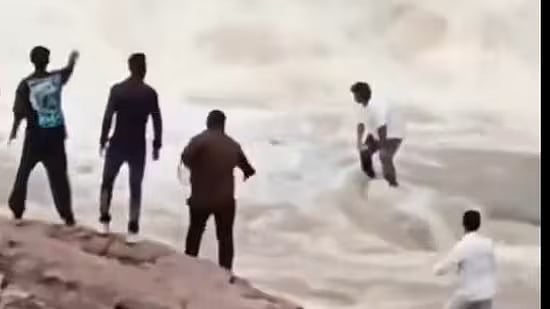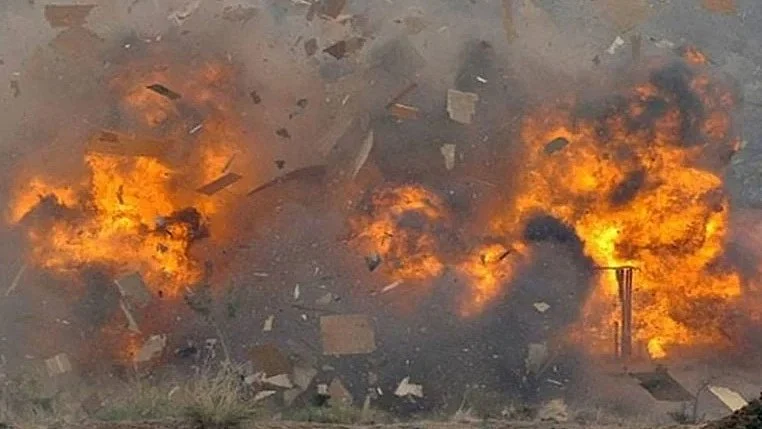In the wake of the deadly terror attack in Jammu and Kashmir's Pahalgam that claimed at least 26 lives, India’s suspension of the Indus Waters Treaty with Pakistan appears to be yielding early consequences.
Reportedly, a new satellite imagery revealed an alleged drop in water levels of the Chenab River near Sialkot, with the riverbed visibly drying up.
Have a look:
India's Strategic Retaliation
Since the Pahalgam carnage, India has taken a series of calculated steps, without firing a shot across the border, that have begun to pressure Pakistan strategically. The suspension of the Indus Waters Treaty, which governs the sharing of water from rivers like the Chenab, Jhelum and Indus, has now materialised into visible impact, with the Chenab’s reduced flow near Sialkot becoming a symbol of India’s economic and environmental leverage.
According to a report by TV9, sources revealed that the reduced water availability is already beginning to affect agricultural activity in the region, which is heavily dependent on river irrigation. With a further drop, it could cripple local economies and cause displacement of farming communities. The Pakistani leadership has warned that any deliberate obstruction of water flow will be considered an act of war.
Following the suspension of the treaty, Pakistani politician Bilawal Bhutto-Zardari, in a controversial address, said that “blood would flow in rivers if water is stopped."
Have a look at his entire statement here:
Military Preparedness and Diplomatic Pressure
Following multiple high-level security meetings chaired by the PM Modi, the Indian military has reportedly been given a "free hand" — a move that signals possible tactical readiness for cross-border operations without requiring further political clearance.
While New Delhi tightens its strategic screws, international powers including the United States and Iran have called for restraint on both sides, amid concerns that the situation could spiral into open conflict. However, with water scarcity now entering the equation, experts caution that the stakes are significantly higher.
India has not officially confirmed the extent to which river flows are being diverted, but satellite images suggest that the first signs of a calibrated response are already unfolding significantly.









